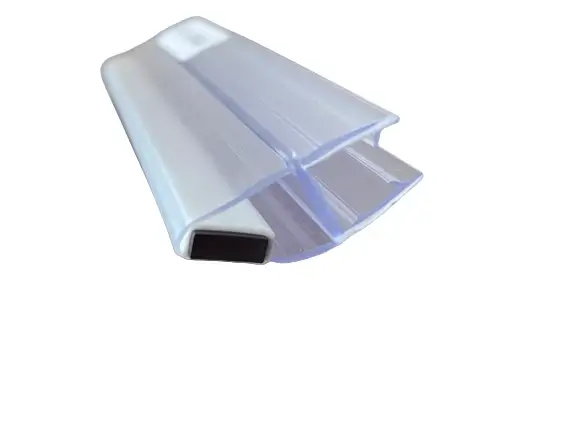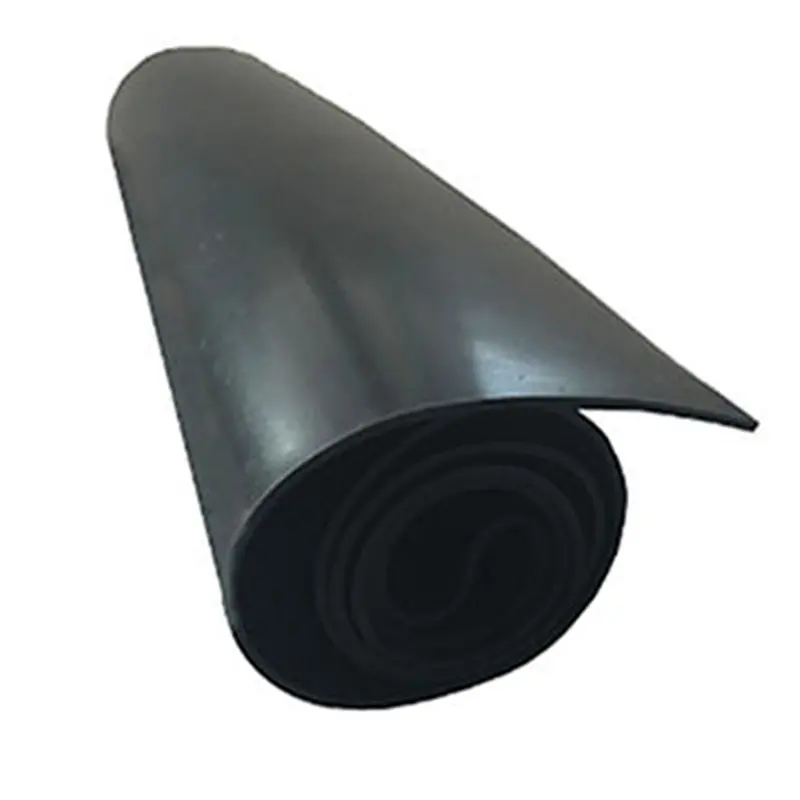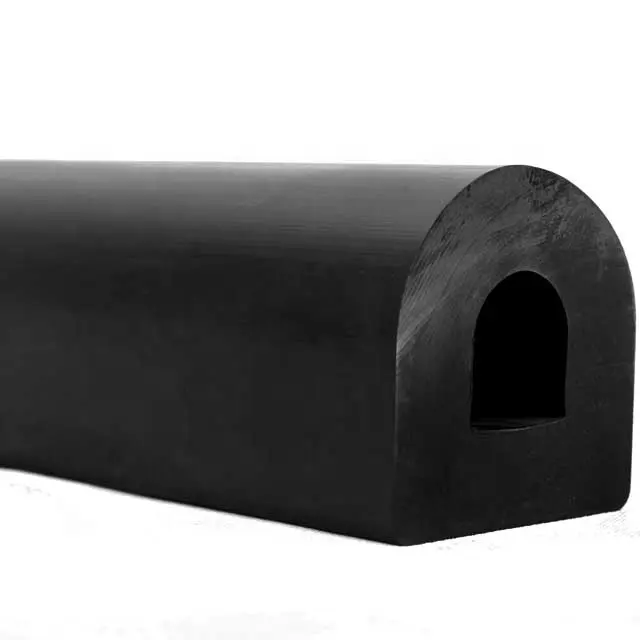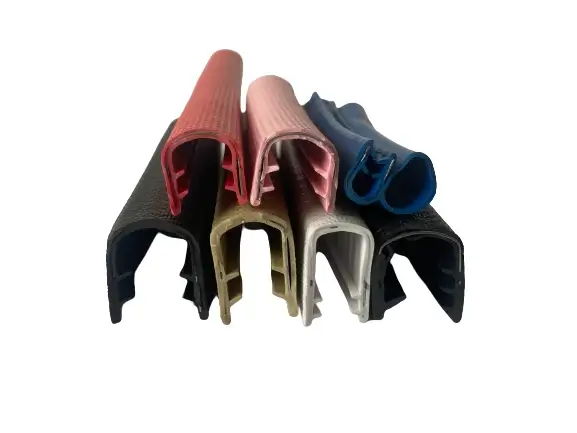Aug . 14, 2024 07:41 Back to list
High-Quality Silicone Rubber Seals for Oven Doors by Leading Manufacturers in the Industry
Silicone Rubber Seal Strips for Oven Doors The Essential Manufacturer's Guide
When it comes to kitchen appliances, the oven is undoubtedly one of the most vital tools for cooking and baking. However, to ensure optimal performance and energy efficiency, every component of the oven must function seamlessly, especially the oven door seal. This is where silicone rubber seal strips come into play. As a manufacturer in this niche market, understanding the significance of these components, their benefits, and the production process can help you cater better to your customers.
Importance of Silicone Rubber Seal Strips
Silicone rubber seal strips are essential for maintaining the energy efficiency of an oven. They create a hermetic seal between the oven door and the main body, preventing heat loss during cooking. A proper seal also keeps moisture in, which is crucial for baking processes that require steam. Without high-quality seal strips, users can experience uneven cooking, increased energy consumption, and even damage to their ovens over time due to excess heat exposure on the frame.
Advantages of Silicone Material
Silicone rubber, when compared to traditional materials like PVC or neoprene, offers several unique advantages
1. Temperature Resistance Silicone can withstand extreme temperatures, typically ranging from -60°C to 250°C (-76°F to 482°F), making it ideal for ovens that operate at high heat.
2. Durability Unlike other materials, silicone does not degrade or become brittle over time. This longevity means reduced replacement costs for consumers and less frequent manufacturing runs for suppliers.
4. Safety Silicone is non-toxic and safe for use in food-related applications. This is particularly important in kitchen environments where food contact is a concern.
silicone rubber seal strip for oven door manufacturer

Manufacturing Process
The production of silicone rubber seal strips involves several steps
1. Material Selection High-quality silicone rubber is sourced from reliable suppliers. The chosen material must meet specific performance standards including heat resistance, elasticity, and durability.
2. Molding The silicone is heated and poured into molds. This process allows the silicone to take the shape of the desired seal strip. Different mold designs can be employed depending on the specific needs of various oven models.
3. Curing Once molded, the silicone strips undergo a curing process, which involves heating them to enhance their strength and performance characteristics. This step is crucial for ensuring high-quality, durable seals.
4. Quality Control After curing, each batch of silicone rubber seal strips is subjected to rigorous quality checks. This includes tests for temperature resistance, flexibility, and longevity, ensuring they meet industry standards.
5. Packaging and Distribution Finally, the finished seal strips are packaged for shipping. Efficient logistics and distribution channels are vital for reaching manufacturers and retailers in the competitive appliance market.
Conclusion
As a manufacturer of silicone rubber seal strips for oven doors, you play a crucial role in the cooking experience of countless consumers. Understanding the advantages of silicone, the manufacturing process, and the importance of proper sealing will equip you to meet market demands effectively. By prioritizing quality and innovation in your production methods, you can ensure that your products not only enhance the functionality of ovens but also contribute to energy savings and safety in kitchens worldwide.




